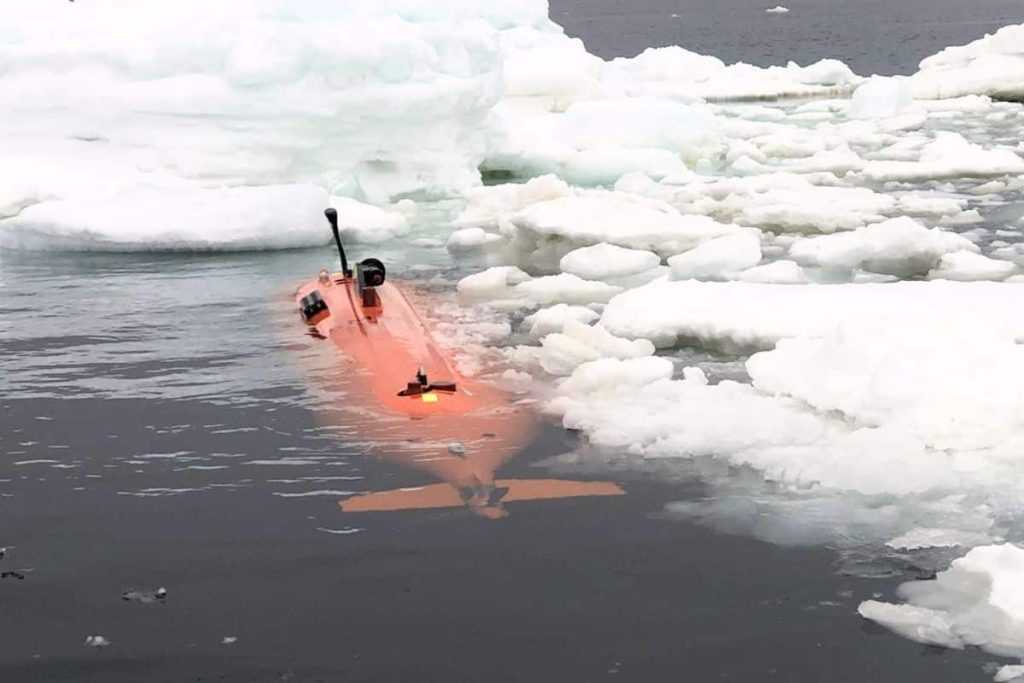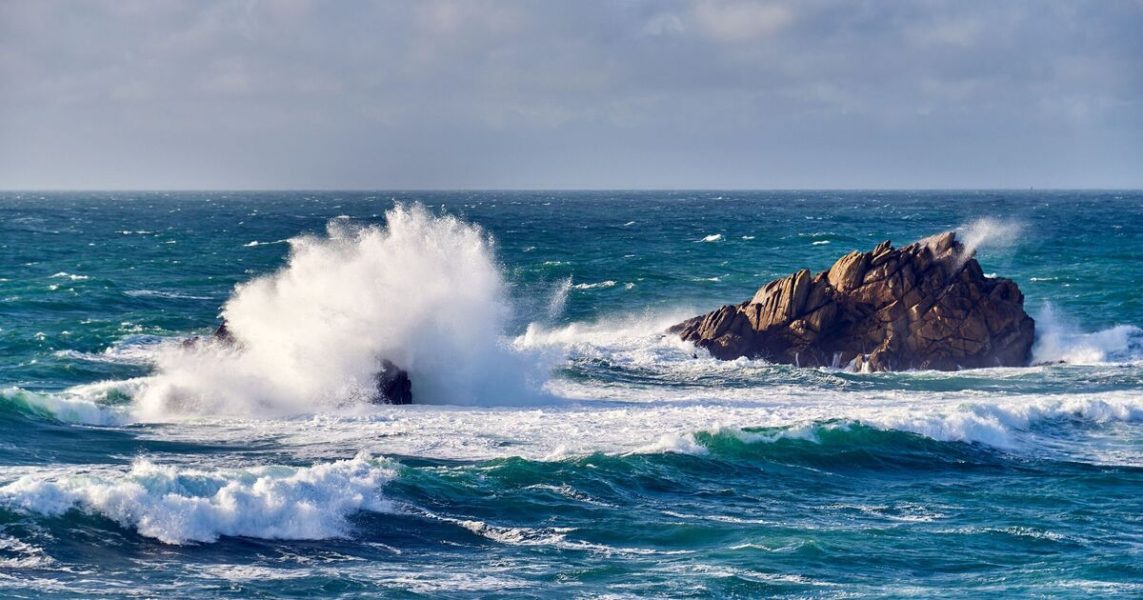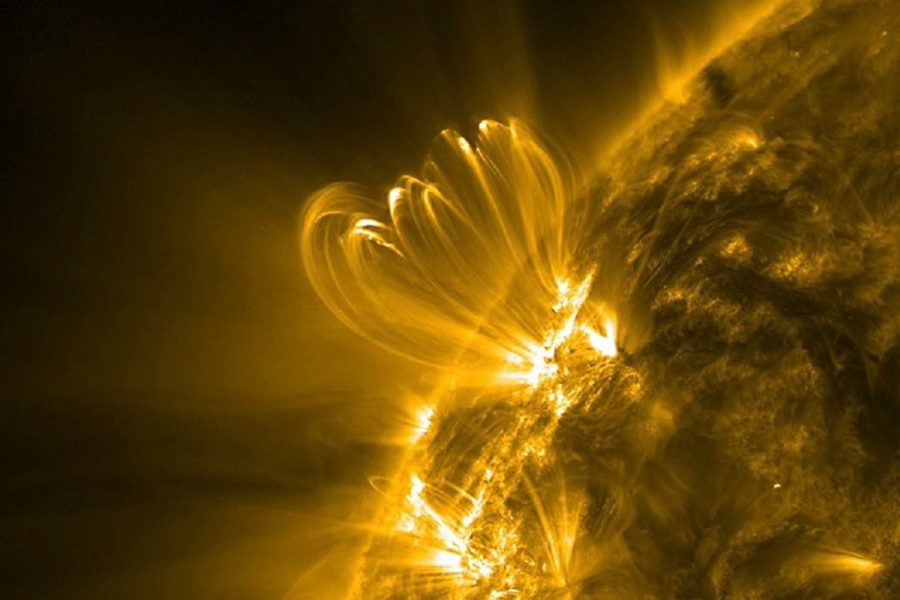The Ran Submarine, Lost 17km Deep in Antarctic Ice, Reveals the Hidden Side of the South Pole – Jason Deegan

Beneath the thick, unyielding ice sheets of Antarctica lies a world few have ever glimpsed—until now. An international research team from the University of Gothenburg deployed the autonomous submarine Ran to explore the underside of the Antarctic glaciers, uncovering crucial data about the potential for rising sea levels. While this groundbreaking mission ended with the submarine vanishing beneath the ice, its findings have opened a new chapter in understanding our planet’s most remote frontier.The Ran submarine was designed to navigate the Dotson Ice Shelf cavity in West Antarctica, armed with advanced sonar to scan the glacier above it. Over 27 days, Ran traveled more than 1,000 kilometers, pushing 17 kilometers deep under the ice—a feat often compared to exploring the dark side of the moon.“This mission gave us a glimpse into something we’ve never been able to observe before,” said Anna Wåhlin, professor of oceanography at the University of Gothenburg and lead researcher on the study. The data collected by Ran provided high-resolution maps of the underside of the glacier, something that was previously inaccessible and critical for understanding glacial melt patterns.For the first time, scientists measured the currents flowing beneath the glacier, uncovering the reasons behind the rapid melting of the western edge of the Dotson Ice Shelf. Their observations revealed high melt rates concentrated around vertical fractures in the glacier, where warmer ocean water makes its way into the ice.Ran’s sonar also uncovered unexpected landscapes beneath the glacier—a mix of peaks, valleys, plateaus, and formations resembling sand dunes. These unique structures, researchers speculate, could be influenced by the Coriolis effect, a result of Earth’s rotation on moving water.The findings from Ran offer invaluable insights for improving climate models. Current models have struggled to explain the complex patterns revealed under the glacier, but the detailed maps produced by the submarine now serve as a critical tool for calibration.Karen Alley, a glaciologist at the University of Manitoba and co-author of the study, emphasized the importance of Ran’s data in complementing satellite observations. “What we see from space is now clearer than ever,” she said. These enhanced models could help predict the pace of glacial melt and the subsequent impact on global sea levels more accurately.PinDespite its success, the mission ended with Ran’s mysterious disappearance during a return visit to Antarctica in 2024. Somewhere beneath the ice, the submarine was lost, leaving researchers with both a sense of accomplishment and lingering questions about what more it could have discovered.“This highlights the challenges of exploring such a remote and hostile environment,” Wåhlin noted. Yet, the loss of Ran doesn’t overshadow its achievements, as the data collected during its initial mission has already transformed how scientists view Antarctic glaciers.Antarctica’s ice shelves play a crucial role in stabilizing global sea levels, acting as barriers that slow the flow of ice into the ocean. Understanding how and why these shelves melt is essential for predicting future sea-level rise.While Ran’s findings are a significant step forward, they also raise new questions. Current models still cannot fully account for the complexity of these melt patterns, underlining the need for further exploration and innovation in polar research.As scientists analyze Ran’s data and work to develop more accurate predictions, the mission has paved the way for future explorations. The lessons learned from Ran could inform the design of new, more advanced submersibles capable of venturing even deeper into the unknown.Though Ran’s journey ended prematurely, its legacy endures as a testament to human ingenuity and the relentless pursuit of knowledge. Beneath the ice of Antarctica lies a world still shrouded in mystery—one that holds the key to understanding the climate challenges of tomorrow.Comment Save my name, email, and website in this browser for the next time I comment.
Stay updated with the latest in technology. Whether you’re into gadgets, AI, cybersecurity, or the Internet of Things, we’ve got you covered. Our team delivers in-depth analysis, product reviews, and tech guides to help you stay informed and make smart choices in the fast-evolving world of tech.Contact: contact@jasondeegan.com
Call Us: (800) 555-0224
6th Ave New York, New York State, United States






